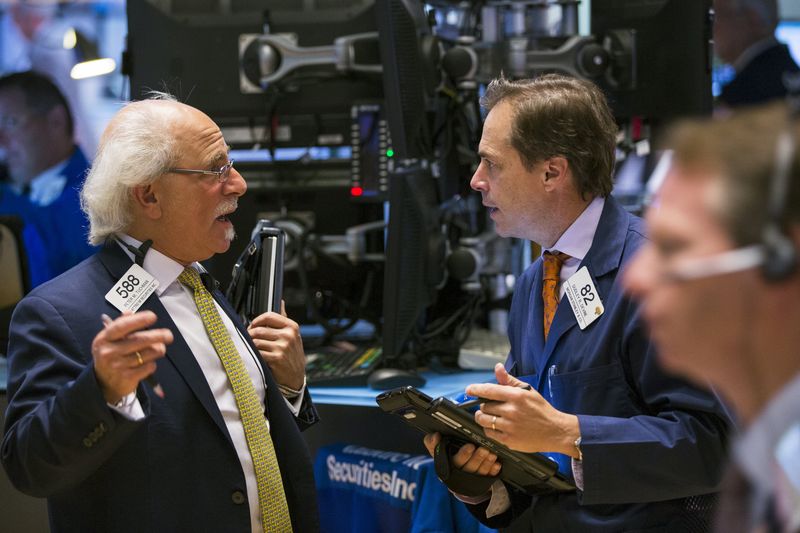Investing.com - The batch of data in the monthly employment report gave a ‘Goldilocks’ (not too hot, not too cold) reading of the U.S. labor market that ushered the bulls back into equities on Friday.
Nonfarm payrolls (NFP) rose by 313,000 in February, its highest level since 2016. The reading also smashed expectations for the creation of just 200,000 jobs.
However, the jobless rate disappointed by sticking at 4.1%, instead of the expected drop to a fresh 17-year low at 4.0%.
More importantly for markets given the Federal Reserve’s watch on inflation, average hourly earnings rose by just 2.6% in February, missing estimates for an increase of 2.8%. Furthermore, January’s reading was revised down from 2.9% to 2.8%.
Despite the signs of diminishing slack in the labor market, economists tend to a peg an increase of 3.0% as the level consistent with rising inflation.
So while the solid jobs data reinforces confidence in the healthy state of the American economy, the implication of the wage data is that inflationary pressures still remain subdued, placing less pressure on the Fed to become more aggressive in its removal of policy accommodation.
Markets are betting that the next rate hike will occur at the March 20-21 meeting with the odds at around 90%, according to Investing.com’s Fed Rate Monitor Tool. They also agree with the Fed that three hikes will be necessary this year with a probability of about 75% for a third hike in December.
But the mixed reading in the jobs report seemed to allay fears that the Fed could hike as many as four times this year.
Stocks applauded the data, with futures turning around and registering solid gains after the release. All three of the major U.S. benchmarks are currently gaining around 0.6% on the bullish news.
Four Fed rate hikes still on the table
However, some observers insisted that the possibility of a more aggressive Fed is still on the table.
“There's now barely one unemployed worker per vacancy, meaning it takes longer to fill posts and puts greater pressure on firms to lift pay,” experts at ING indicated.
They also pointed to the labor survey out from the National Federation of Independent Business on Thursday that showed small businesses are increasingly struggling to find workers with a net 22% saying this is the greatest impediment to doing business (the largest single factor cited).
“As such, the competition to find new - and retain current - staff meant that the proportion of businesses raising pay was its largest since 2000 and the net proportion planning to raise pay is close to 19-year highs,” these experts explained.
Along similar lines, economists from Capital Economics pointed to the latest Beige Book “noting that labor shortages are now severe in many industries, that isn’t going to prevent a more aggressive monetary tightening this year”.
These experts agree with ING that the Fed will likely need to hike four times this year.
Even the first Fed official to speak after the release agreed that this was a possibility. Chicago Fed president Charles Evans, known for his dovish stance, told CNBC that he continues to prefer to wait until after March and perhaps until midyear before raising U.S. interest rates any further. Evans is particularly concerned about the low levels of inflation.
However, he did indicate that if inflation is rising faster by midyear, the Fed could then raise rates two, three or even four times by the end of 2018.
